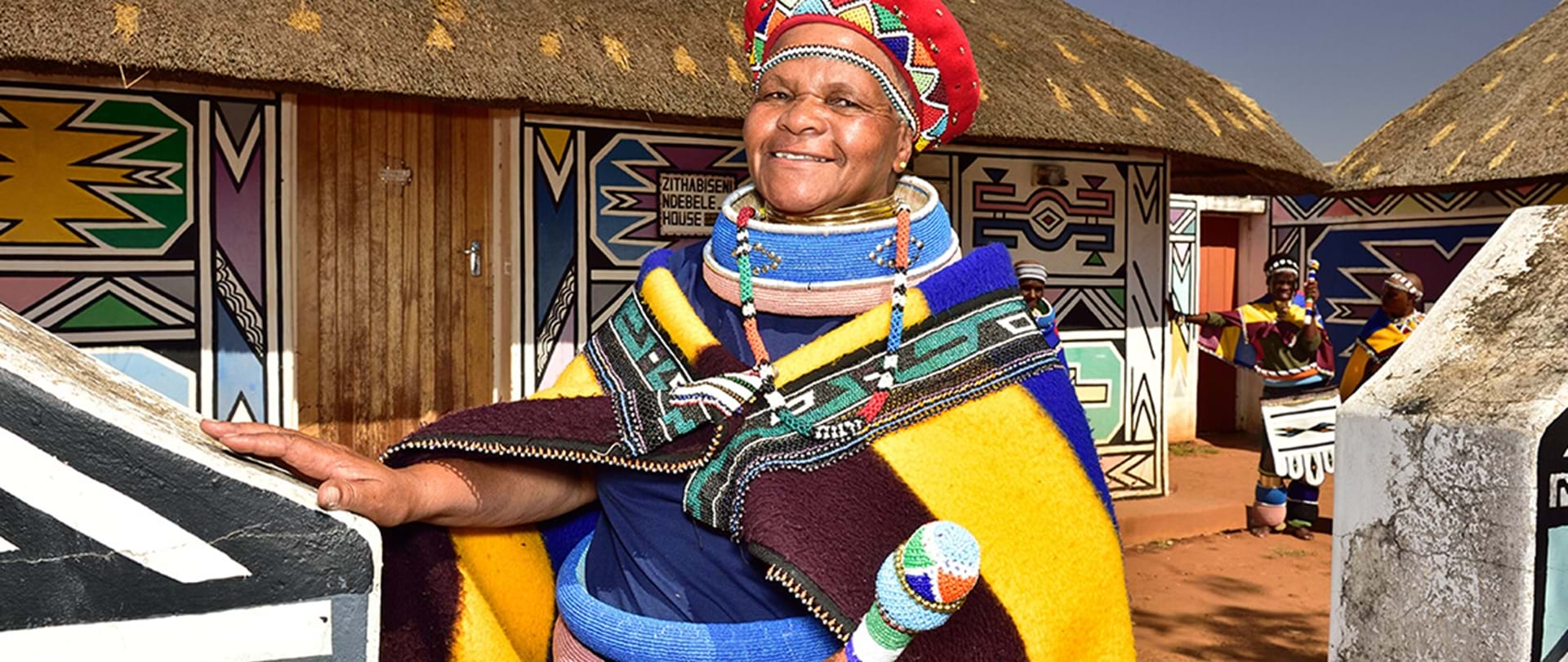INTRODUCTION
This post discusses the cultural heritage of South Africa, meaning of culture, heritage and the cultural heritage sites in South Africa
Culture:
Like ‘heritage’ and ‘identity,’ ‘culture’ is a term that causes much confusion and suffers from its misuse. Traditionally it has been used to refer to the ways of life of a specific group of people, including various ways of behaving, belief systems, values, customs, dress, personal decoration, social relationships, religion, symbols and codes. Throughout history, various people and institutions have attempted to define what is meant by culture. “Culture or civilization, taken in its wide ethnographic sense, is that complex whole which includes knowledge, belief, art, morals, law, custom, and any other capabilities and habits acquired by man as a member of society.”
Read: POLITICAL HISTORY OF SOUTH AFRICA
South Africa has been famously referred to as the rainbow nation because it is made up of so many diverse cultures and religions. Contained within South Africa’s borders are Zulu, Xhosa, Pedi, Tswana, Ndebele, Khoisan, Hindu, Muslim, and Afrikaner people to name but a few. All of these people are united by calling South Africa home, and therefore their lives all contribute to forming a part of the country’s heritage, identity and culture. Understanding that South Africa is composed of all these various influences is essential for helping South Africans to understand and respect each other and to learn from each other’s cultural practices.
Heritage
Heritage might be best broken up into two types: natural and cultural. A country’s natural heritage is its environment and natural resources, like gold and water. Areas that are very special and where animals or plants are in danger of extinction like the St. Lucia Wetlands and uKhahlamba Drakensberg Parks in KwaZulu Natal are often designated World Heritage sites. They are respected and internationally protected against harm.
Cultural heritage, on the other hand, can be an altogether more contentious issue. Normally, the term ‘cultural heritage’ is used to describe those things that contribute to the sense of identity of a particular population or community of people. These can be special monuments, like a building, sculpture, painting, a cave dwelling or anything important because of its history, artistic or scientific value.
Heritage Sites in South Africa
Heritage Site is declared by the United Nations Educational, Scientific and Cultural Organization (UNESCO). There are two types of World Heritage Sites: the first represents cultural and the second natural heritage.
Cultural sites
Cultural heritage sites have to show a masterpiece of human creativity or an important exchange of human values over a long period of time. This exchange must be seen in architecture or technology, the planning of the town or city and the design of the landscape. It has to show evidence of a tradition or civilization that has disappeared or is still alive. It can also be a very good example of a type of building, group of buildings, and use of technology or reflect important stages in human history.
A place where humans settled and used the land in a way that represents their culture can also be a cultural heritage site, especially if the area is affected by change that cannot be reversed. The authenticity and the way the site is protected and managed are also important factors.
Natural sites
Natural sites that can be considered to become Heritage Sites must display major stages in the earth’s history. They can be in fossils, rocks or other geological features.
If an area contains rare natural formations, like unique rock shapes, or is very beautiful, or has habitats and species of animals and plants that can only exist there, it becomes important to protect it. This also makes it a possible World Heritage Site. As with cultural sites, preservation is very important.
Some special places fall into both cultural and natural heritage sites and in 1992 UNESCO decided that places that show the relationship between people and their environment could also be cultural landscapes.
South Africa has 8 places declared as Heritage Sites. These are:
- The iSimangaliso Greater St. Lucia Wetland Park
- The uKhahlamba Drakensberg Park
- Robben Island
- The Fossil Hominid Sites of Sterkfontein, Swartkrans, Kromdraai and environs
- The Mapungubwe Cultural Landscape
- Vredefort Dome
- The Cape Floral Region
- The Richtersveld Cultural and Botanical Landscape


